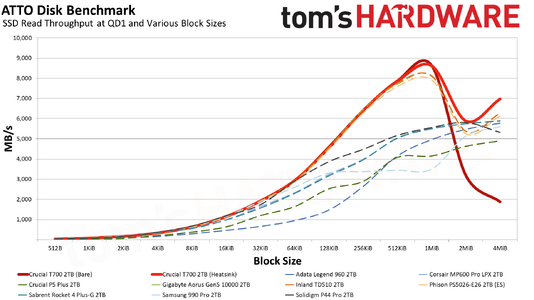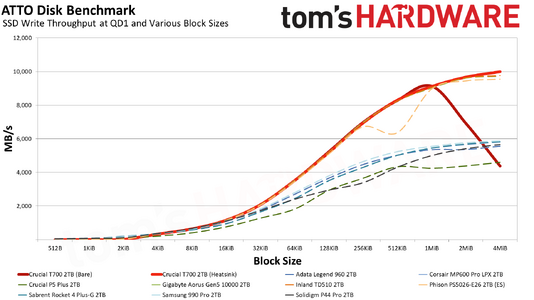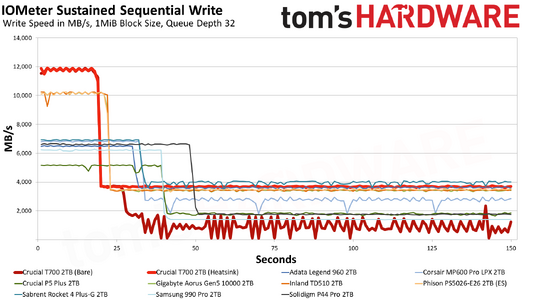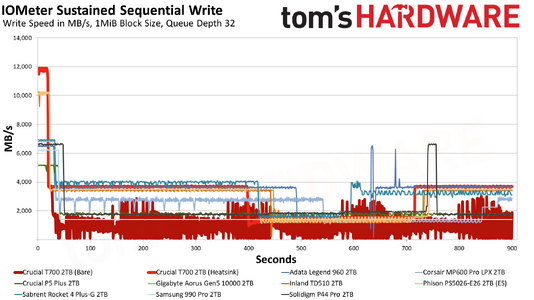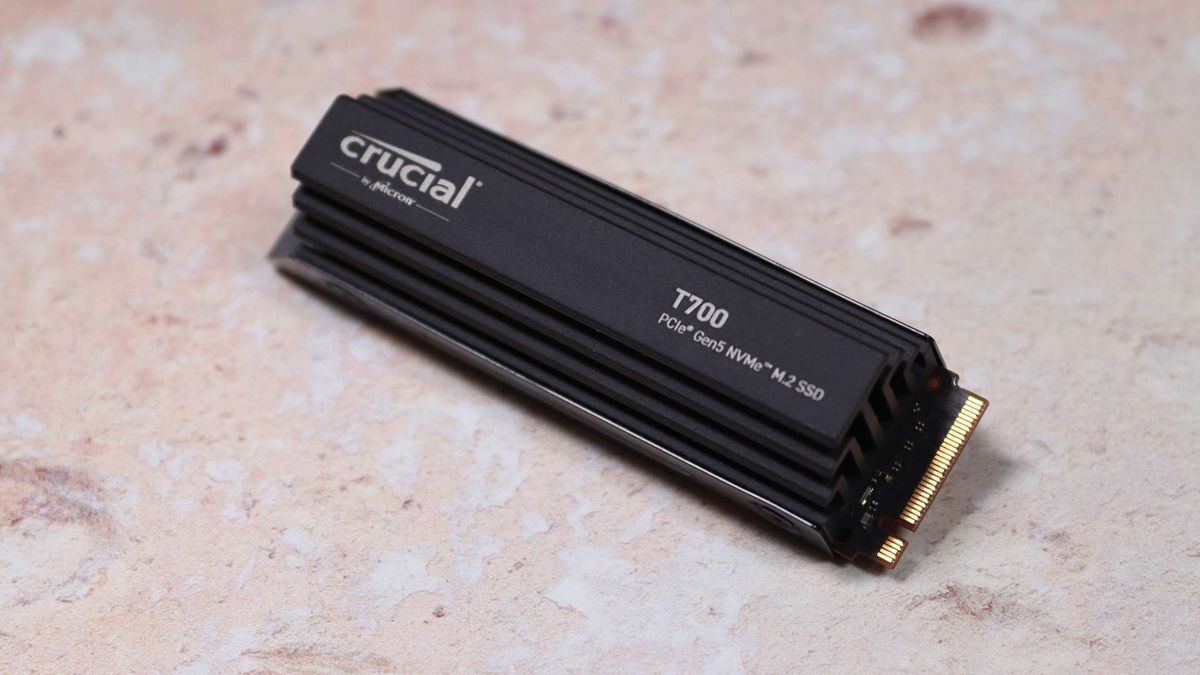Yeah, Gen5 SSDs are very much less about typical consumer use and more for specific use cases like servers. Still, I'll say that verifying a Steam install (or doing a big update to an installed Steam game) can go a lot quicker on a Gen4 or Gen5 SSD. 🙃
There's also the question of how much DirectStorage could make faster SSDs useful in games. I suspect even if done properly, we're still looking at a current maximum of maybe 10-20GB of data for a game engine, level, and textures. So, you could potentially do 20GB in under two seconds with Gen5, versus three seconds with a fast Gen4, versus five seconds with a fast Gen3. But when I launch stuff like Red Dead Redemption 2 and it takes over a minute to get into the game, any of those sounds amazing!

